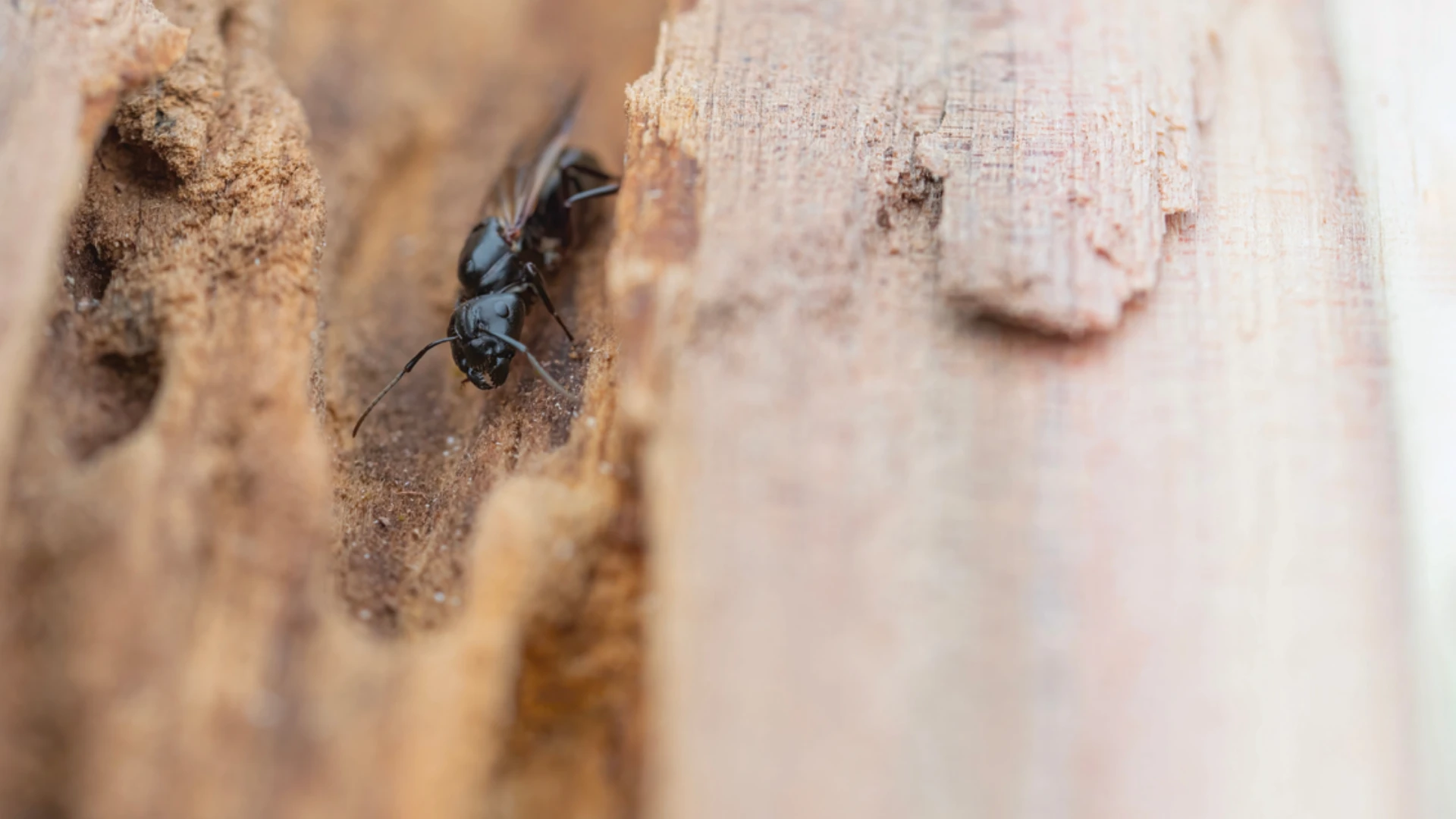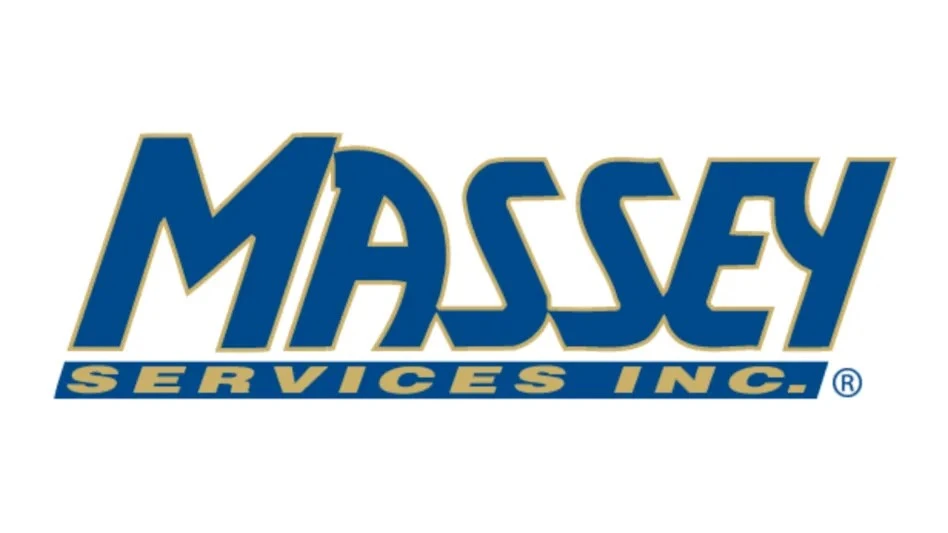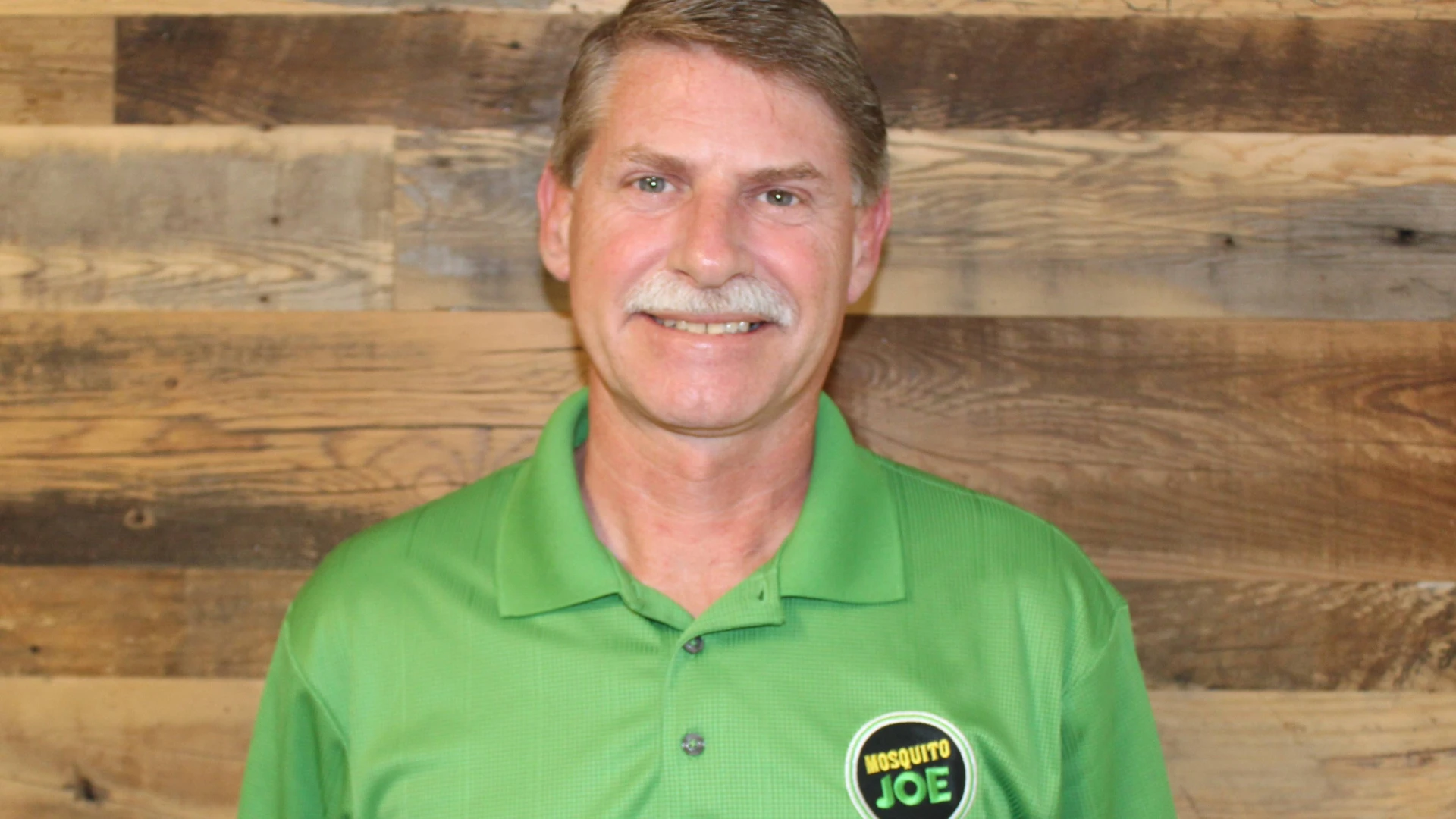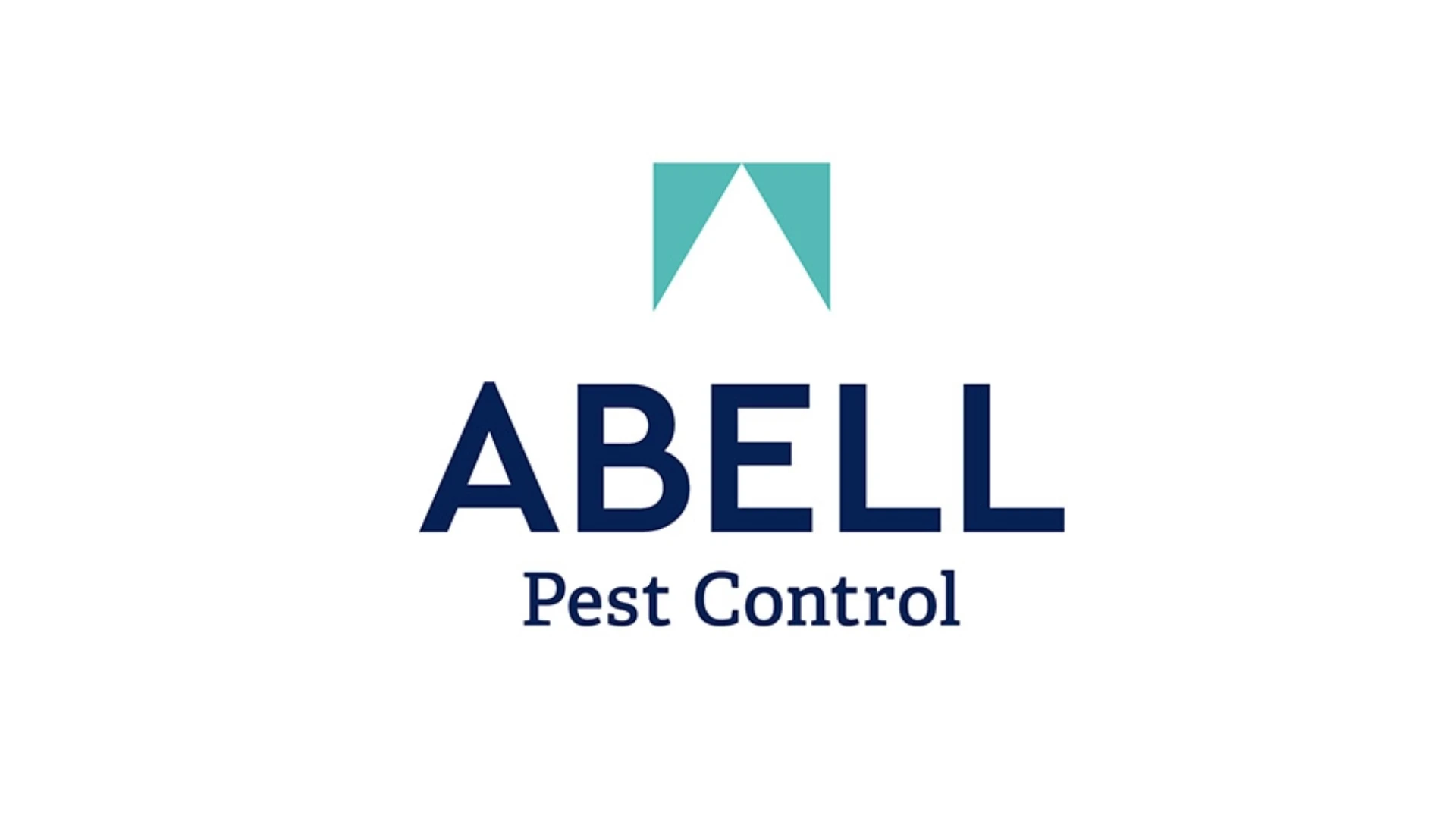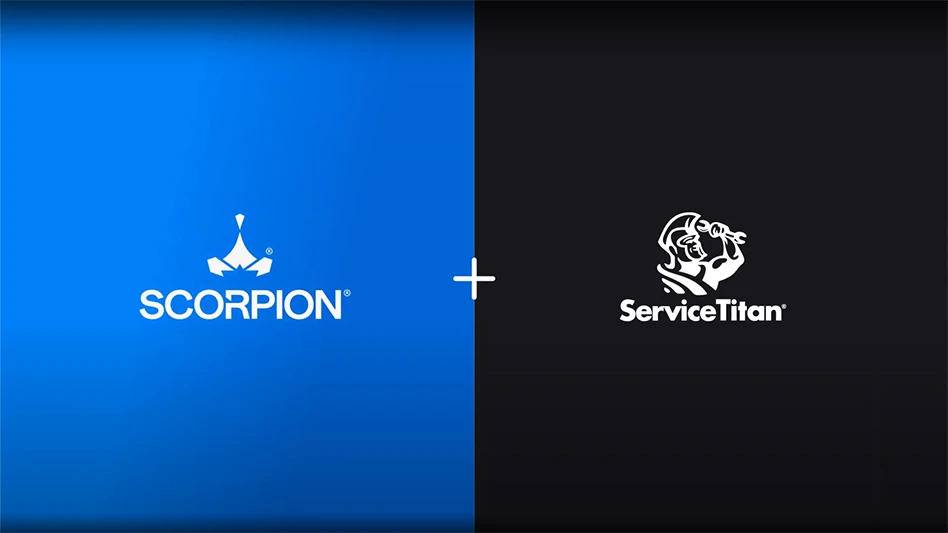From time to time, we all scratch our heads while reading pesticide labels that seem to contradict themselves, or that don’t make it clear what we can or cannot do with a product. Consider these pairs of seemingly contradictory statements from labels of commonly used pesticide products. (Disclaimer: The purpose of this article is to be useful, not to bash on the valued manufacturers that supply us with the pesticides we need! Thus, these examples have been altered slightly in order NOT to disclose the identities of any products or manufacturers.)
“Do Not Use In Food Plants.”
“May Be Used In Non-Food Areas Of Food Plants.”
“Do Not Apply In Kitchens.”
“Apply Inside Of Floor Drains.”
“Do Not Apply This Product To Furniture.”
“Apply To Tufts, Folds And Around Buttons Of Upholstered Furniture.”
How is it possible that a pesticide manufacturer, which may employ an entire regulatory-compliance department staffed by lawyers, can write such double-speak? Are they trying to mislead us? Assuredly, they are not:
- Many seemingly contradictory statements are the result of “boilerplate” verbiage used by more than one manufacturer and/or for multiple pesticide labels; since EPA has approved a statement once, there is a tendency to lift that exact language from one approved label and use it on another product’s label, but with conditions and qualifiers attached later in the description.
- Sometimes a smaller manufacturer might have a wonderful product to offer, but does not have the wherewithal to employ a roomful of English majors and attorneys to write their labels. So, they have borrowed language they know has been approved elsewhere and will likely be approved again on their own products.
- In other instances, a manufacturer might have been going back and forth with EPA for some time, trying this language and that language until the text that finally wins approval is bogged down with exceptions.
Whatever the cause of confusing labels, they can create frustration among PMPs who want to use products in a legal manner while achieving good results — but for the life of them, cannot figure out what the label says! So, what are we supposed to do?
There are several ways to respond to a difficult-to-understand label:
READ THE LABEL CAREFULLY. Maybe the confusing label language is fully explained in the next sentence or elsewhere on the label.
ASK A CO-WORKER OR SUPERVISOR. Maybe something that crosses your eyes will look clearer from someone else’s perspective.
LET GOOD SENSE PREVAIL. Most of the time, you can figure out what the confusing language really means. For example, the product whose label directs us not to apply it to furniture — and then turns around and tells us how to apply it to furniture — is providing an exception that allows the otherwise prohibited use pattern. Go ahead and use the product, and make sure that your application record clearly shows that you followed the restrictions.
ERR ON THE SIDE OF CAUTION. Maybe we should use that product whose label instructs us not to apply it in kitchens, but allows use in floor drains in drains in areas other than kitchens.
WHEN IN DOUBT, CALL THE MANUFACTURER. Most larger pesticide suppliers have regulatory-compliance specialists who can clear up foggy label directions for you. In fact, you may be doing them a service by asking; they might amend future versions of the label to be more clear.
WHEN STILL IN DOUBT, CALL YOUR STATE’S REGULATORY AUTHORITIES. In some cases, you might want to check with someone in your state’s pesticide lead agency and get their interpretation of a fuzzy label. Write down the date of the call, the name of the person you spoke with and what he or she said. Believe it or not, state pesticide inspectors are interested in helping PMPs use pesticides properly, not in “catching us in the act” of misapplying materials.
When really, really in doubt, you could always hire some English majors — with advanced law degrees — but that may be a stretch!

The author is chief technical adviser at Plunkett’s Pest Control, Fridley, Minn., and a member of the Copesan Technical Committee. He can be reached at jbruesch@gie.net.
Copesan is an alliance of pest management companies with locations throughout North America. To learn more, visit www.copesan.com.
Explore the September 2017 Issue
Check out more from this issue and find your next story to read.
Latest from Pest Control Technology
- Rose Pest Solutions Becomes Official Pest Provider of Chicago Fire FC
- WSPMA Hosts Legislative Day at Washington State Capitol
- A-1 Pest Control Marks 59 years in Business
- Hawaii PCO Shares Regulatory Challenges, Business Impacts from Lahaina Wildfires
- 5 Tips for Reducing Waste in the Office and in the Field
- OvoControl Now Available in Chile
- Envu Announces Savings Programs for Pest Management Professionals
- Follow the Trail
